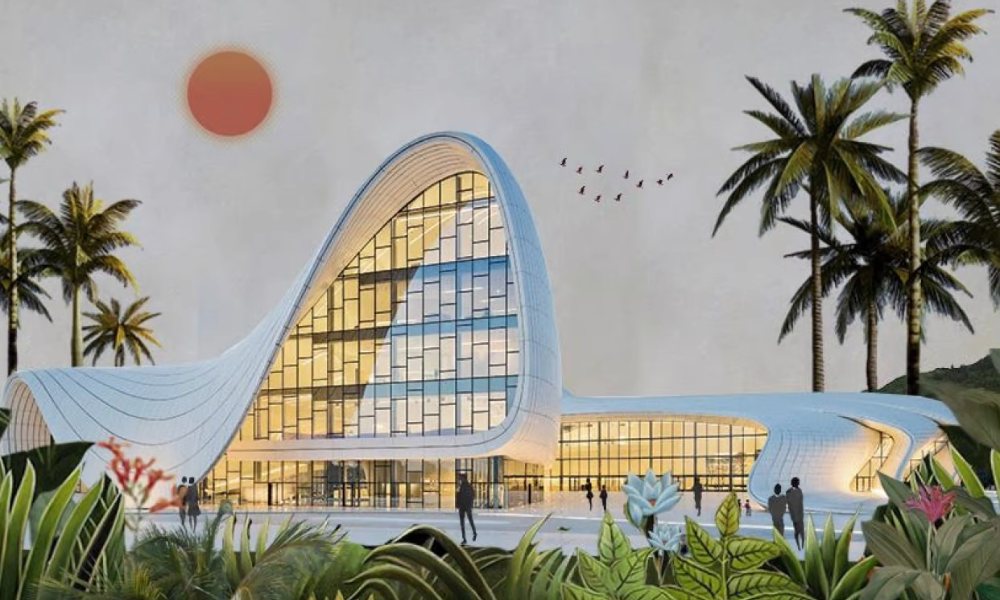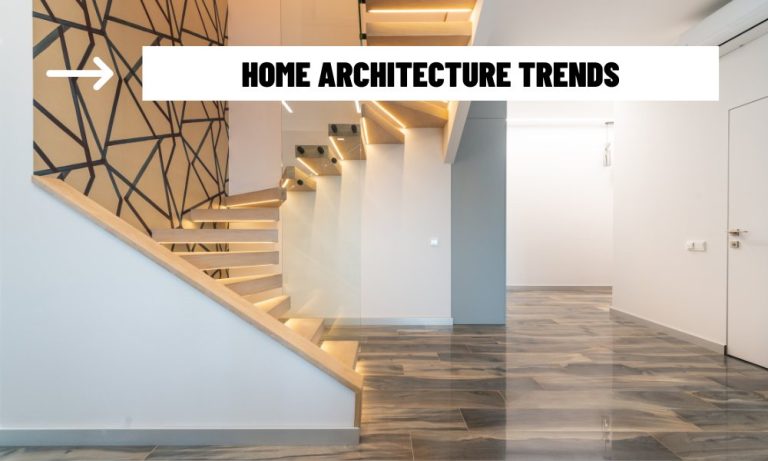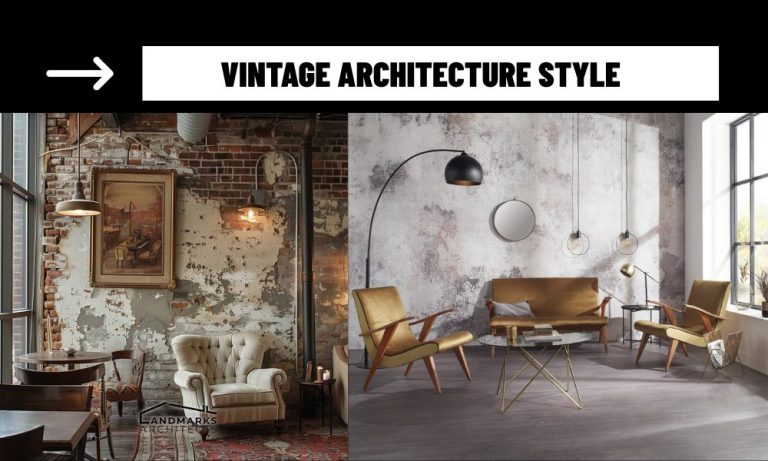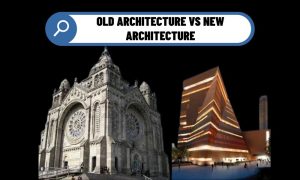Architecture is more than just construction—it’s a form of storytelling. Across centuries and continents, civilizations have created distinct architectural styles that reflect their values, beliefs, climate, and technological prowess. These unique architectural styles are not only visually captivating but also culturally significant, offering insights into the way people lived and saw the world.
In this article, we’ll explore a selection of the world’s most distinctive architectural styles, ranging from ancient to modern, traditional to experimental.
Unique Architectural Styles Around the World
Japanese Zen Architecture (Japan)
- Simplicity and minimalism
- Use of natural materials like wood, bamboo, and paper
- Open interiors with sliding doors (shoji)
- Integration with gardens and nature
Rooted in Zen Buddhism, traditional Japanese architecture emphasizes harmony, peace, and the impermanence of material things. The engawa (veranda) blurs the line between indoors and outdoors, reflecting a spiritual connection with nature. Modern minimalist design owes much to this architectural heritage.
Islamic Architecture (Middle East, North Africa, South Asia)
- Geometric patterns and arabesques
- Domes and minarets
- Courtyards and water elements
- Intricate tilework (mosaic, zellij)
Islamic architecture is known for its emphasis on non-figurative decoration, symmetry, and craftsmanship. Structures like the Alhambra in Spain or the Sheikh Zayed Grand Mosque in the UAE showcase how art, religion, and mathematics come together in built form.

Vernacular Style Architecture (Global)
Locally sourced materials
- Adapted to regional climate and environment
- Built using traditional knowledge and techniques
- Strong cultural and community influence
Vernacular architecture is place-specific, shaped by local needs, geography, and social context. Whether it’s mud huts in Africa, thatched cottages in Ireland, or stilt houses in Southeast Asia, these buildings are deeply sustainable and community-driven. In the era of climate change, many architects are revisiting vernacular principles for eco-conscious design.
Gothic Architecture (Europe, 12th–16th century)
- Pointed arches and ribbed vaults
- Flying buttresses
- Tall spires and stained-glass windows
- Ornate façades with gargoyles and sculptures
Developed in medieval Europe, Gothic architecture was primarily used in cathedrals and churches, like Notre-Dame de Paris. Its verticality and light-filled interiors were designed to evoke the divine, combining engineering innovation with religious symbolism.
Brutalism (Mid-20th Century, Global)
- Raw concrete (béton brut)
- Blocky, monolithic forms
- Minimal ornamentation
- Strong focus on function
Brutalism emerged as a post-war movement, reflecting ideals of honesty, utility, and social equality. It’s often controversial—praised for its boldness, criticized for its coldness—but undeniably impactful. Buildings like London’s Barbican Centre or Boston City Hall are stark examples of this uncompromising style.
Adobe Architecture (Southwestern US, Latin America, Middle East)
- Sun-dried mud bricks
- Rounded corners and thick walls
- Earth tones and natural insulation
- Flat roofs and exposed wooden beams (vigas)
Adobe architecture is both ancient and sustainable, adapted for hot, arid climates. It provides excellent thermal performance and reflects indigenous knowledge systems. Iconic in places like Santa Fe, New Mexico, and parts of North Africa, adobe homes feel timeless and organic.
Deconstructivism (Late 20th–21st Century)
- Fragmented forms and non-linear geometry
- Asymmetry and visual complexity
- Lack of harmony or predictability
- Use of high-tech materials and techniques
Pioneered by architects like Frank Gehry and Zaha Hadid, deconstructivism challenges traditional ideas of form and function. The Guggenheim Museum Bilbao or Walt Disney Concert Hall are sculptural buildings that feel more like moving art than static architecture.
Honorable Mentions: More Unique Styles to Explore
Art Deco (e.g., Chrysler Building, New York)
Baroque Architecture (e.g., St. Peter’s Basilica, Vatican)
Tropical Modernism (e.g., Sri Lanka’s Geoffrey Bawa designs)
Scandinavian Minimalism (e.g., Nordic light-filled homes)

The Role of Unique Architecture in Today’s World
In today’s fast-paced and globalized environment, unique architectural styles serve several important roles:
- Cultural preservation in the face of homogenized urban design
- Sustainability, as seen in vernacular and eco-conscious traditions
- Innovation and identity, through experimental, tech-enabled design
- Inspiration for everything from urban planning to virtual architecture in the metaverse
Modern architects often blend styles—combining tradition with cutting-edge technology—to create meaningful, sustainable, and context-aware designs that reflect both heritage and vision.
Architecture as a Global Language
Each architectural style tells a story. From the earth-built dwellings of ancient cultures to high-tech deconstructed towers, architecture reflects who we are and what we value. By exploring these unique architectural styles, we not only appreciate global diversity but also find inspiration for building a more thoughtful, sustainable, and aesthetically rich future.















